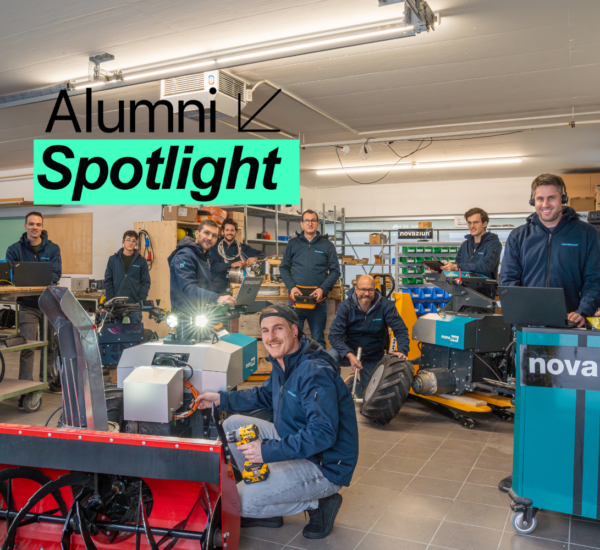Now in my third year of the physics bachelor’s at ETH Zurich, I recall the dramatic shift of focus towards large language models, and in general, machine learning after the release of ChatGPT in 2022, right at the start of my studies. My name is Kilian Teck, and it is my pleasure to share my experience from attending the ML4QT symposium. I first heard about the conference through an Instagram post by ETH on the day of the application deadline. At the time, I was travelling to the World of Quantum exhibition in Munich for a hackathon and only decided last minute to write to ETH Studios. A few days later, I was delighted to hear that I was invited to attend.
In Zurich, I met up with Isidor Schoch, and we headed to Heilbronn. The opportunity to connect with Isidor, who is an ETH alumnus, was great. He has a master’s degree in quantum engineering and continues to work in the field at NVIDIA. Close to the completion of my bachelor’s, I am in the process of deciding on a direction for my master’s and having an advanced mentor at hand is indispensable.
At first, we were both slightly surprised by the location of the symposium. Heilbronn is a small city, only recently having gained the title of university city. But throughout the stay, I was amazed at the efforts being implemented to grow the location into a hub for innovation. As we learned during a tour with colleagues from ETH Studio Heilbronn, the ‘Bildungscampus’ is being greatly expanded over the next few years, hosting renowned institutes, including ETH, TUM, Fraunhofer and the Max Planck Gesellschaft. Thank you to Marc Ebert and Michele de Lorenzi for showing us first-hand how ETH fosters excellence internationally.

Over two days, I got to hear a plethora of talks on various aspects of applying classical machine learning to accelerating the development of quantum hardware as well as software. Speakers ranged from renowned experts such as Jens Eisert to emerging researchers and companies. The University of Waterloo co-hosted the event with the Fraunhofer IAO and IPO. During numerous coffee breaks, chatting with researchers from across the pond, it was incredibly valuable to hear about the international efforts of pushing quantum technologies to a useful scale. In particular, I recall the talk by Prof. Christine Muschik from the Perimeter Institute and the Waterloo Institute for Quantum Computing, which highlighted how using qudits—quantum systems with more than two states, as opposed to the conventional two states of a qubit—can reduce the number of required operations and therefore potentially enhance the accuracy of calculations performed on quantum computers.
In the evening, we had the chance to enjoy Heilbronn by canoe. A guided tour on the Neckar proved to be a lot of fun. Racing fellow attendees on the water and a ‘Literaturstunde’ by the guide, with a humorous quote about the river Neckar by Mark Twain. The bit of exercise was followed by a delicious dinner at the Experimenta itself.
The symposium was an incredible experience, and I am very grateful to ETH Studios for making it possible to meet with so many interesting people in one place to learn about quantum initiatives.


Find out more about the ETH Studios here: https://ethz.ch/en/the-eth-zurich/global/network/eth-studios.html








